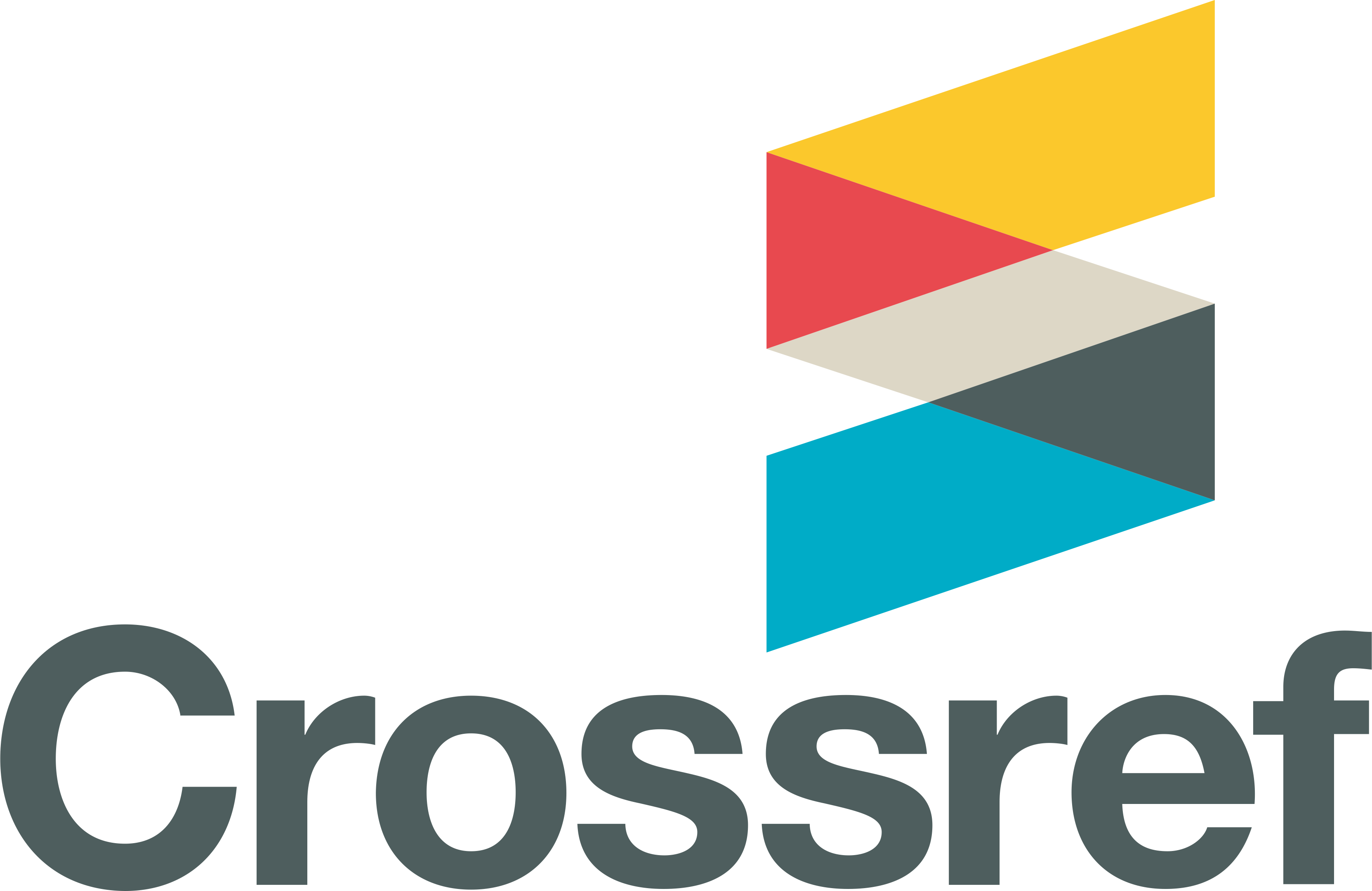Assessing Land Cover Change and Flood Exposure from River Embankment Using GIS and Remote Sensing for Sustainable River Management: A Case Study of the Tumampit River in Ampayon, Butuan City, Philippines
DOI:
https://doi.org/10.54610/jeseg.v7i1.139Keywords:
GIS, Hydrologic Model, Hydraulic Model, Potential ImpactAbstract
This research assessed the environmental and social effects of the Tumampit River Embankment Project in Ampayon, Butuan City, Philippines, built between 2018 and 2022 to address flooding and riverbank erosion. With GIS-based analysis, land cover transformation and flood exposure were evaluated based on the comparison of 2018 (pre-embankment) and 2023 (post-embankment) data of an 82.13-hectare subwatershed with 728 structures in 2018, rising to 881 in 2023. Findings indicated a great conversion of natural land cover to built-up land. An estimated 73,500 m² of agricultural land and 42,800 m² of forest cover were converted into urban use during 2018-2023, while built-up land increased by 111,000 m². In spite of flood control, built-up areas continued to be the most flood-exposed land cover and were exposed to as much as 376,870 m² under the 100-year return period with the embankment in existence. Flood simulation indicated decreased areas of inundation for all but the highest hazard levels. In the 5-year event, the embankment lowered low-level flood exposure by 4,080,000 m². Under the 100-year event, exposure to moderate and high flood levels increased within urban areas, indicating spatial real location of flood hazards. In 2023, 303 structures were still exposed to low-level floods under the 5-year event and 549 structures under the 100-year event, compared to 498 and 619 structures, respectively, without the embankment. Although the embankment was effective in curbing flood extent in certain locations, it also had an effect on land cover conversions and continued exposure of developed areas to higher flood levels. The results highlight the intricate trade-offs between urban growth and ecosystem integrity, reminding us to incorporate land use planning and ecological measures into future flood control policies.
References
Department of Public Works and Highways. 2020, January 24. Butuan City flood control project is now 89% completed. https://www.dpwh.gov.ph/dpwh/news/18072
Esri. (n.d.). Briefly noted: New Web app for detecting changes in land, NASA agreement, and interoperable map data initiative. Esri. https://www.esri.com/about/newsroom/arcuser/briefly-noted-26-2/
Faiz, M., Hussain, N., & Badi, S. 2024. Enhancing urban climate resilience through integrated flood management strategies. https://doi.org/10.13140/RG.2.2.17934.16960
Nahin, K. T. K., Islam, S., Mahmud, S., & Hossain, I. 2023. Flood vulnerability assessment in the Jamuna river floodplain using multi-criteria decision analysis: A case study in Jamalpur district, Bangladesh. Heliyon, 9, e14520. https://doi.org/10.1016/j.heliyon.2023.e14520
Palcis, R. Jr. 2024. Integrating sustainable urban drainage systems (SUDS) for enhanced urban resilience and environmental sustainability in the Philippines. https://doi.org/10.13140/RG.2.2.20216.66562
Palheriya, A., Balani, H., Surjuse, R., & Khan, R. 2020. A review paper on flood control management by using embankment. International Research Journal of Engineering and Technology (IRJET), 7(2), 211.
Santillan, J., & Makinano-Santillan, M. 2016. The use of LiDAR data and 1D-2D model simulations in assessing the effectiveness of flood control structures under extreme climate change scenarios. In Proceedings of the 37th Asian Conference on Remote Sensing 2016. Colombo, Sri Lanka.
Downloads
Published
How to Cite
Issue
Section
Categories
License
Copyright (c) 2025 Arnaldo Gagula, Jun Love Gesta, Stephanie Mae Salcedo-Albores, Marlon Elvira

This work is licensed under a Creative Commons Attribution-NonCommercial 4.0 International License.








